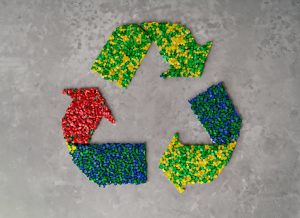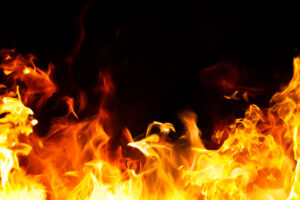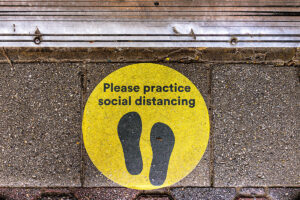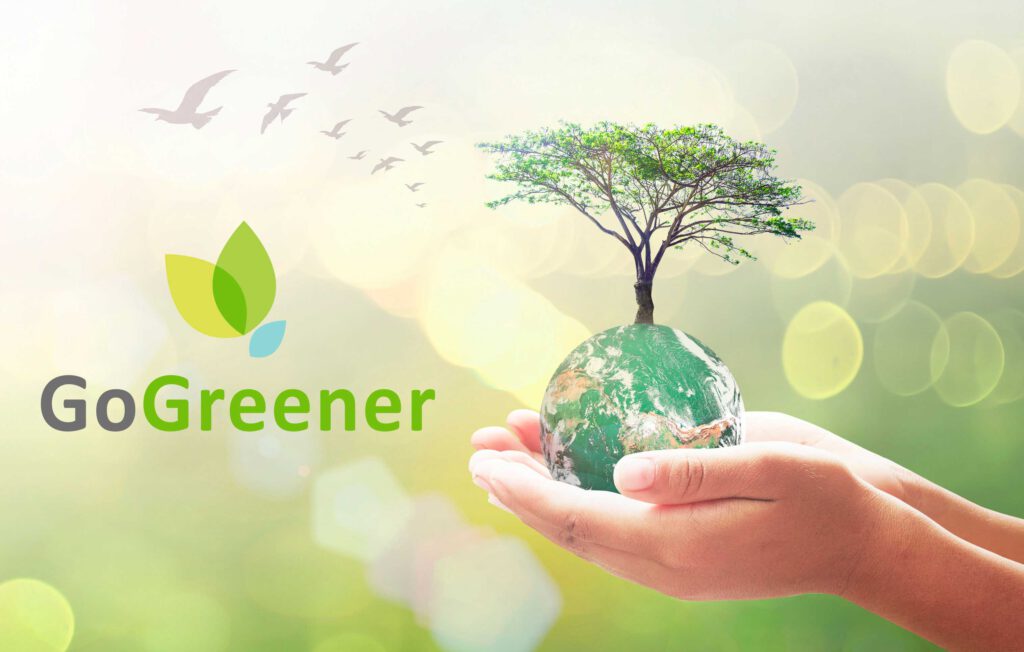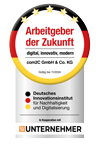Applying a protective laminate to a large format or digital print means an additional work step, but also brings some advantages for the durability of the printed product. Protective laminates are particularly recommended for applications that are exposed to mechanical stress (such as floor graphics) or are in use for a very long time (such as pop-up systems).
Benefits of using a laminate are for example:
• Protection against moisture
• Protection against UV radiation
• Protection against damage and scratches
• Print becomes thicker and more stable
• The print has the desired surface: matt, high-gloss, anti-fingerprint
• Additional function such as anti-slip finish, writable with marker or chalk or graffiti protection
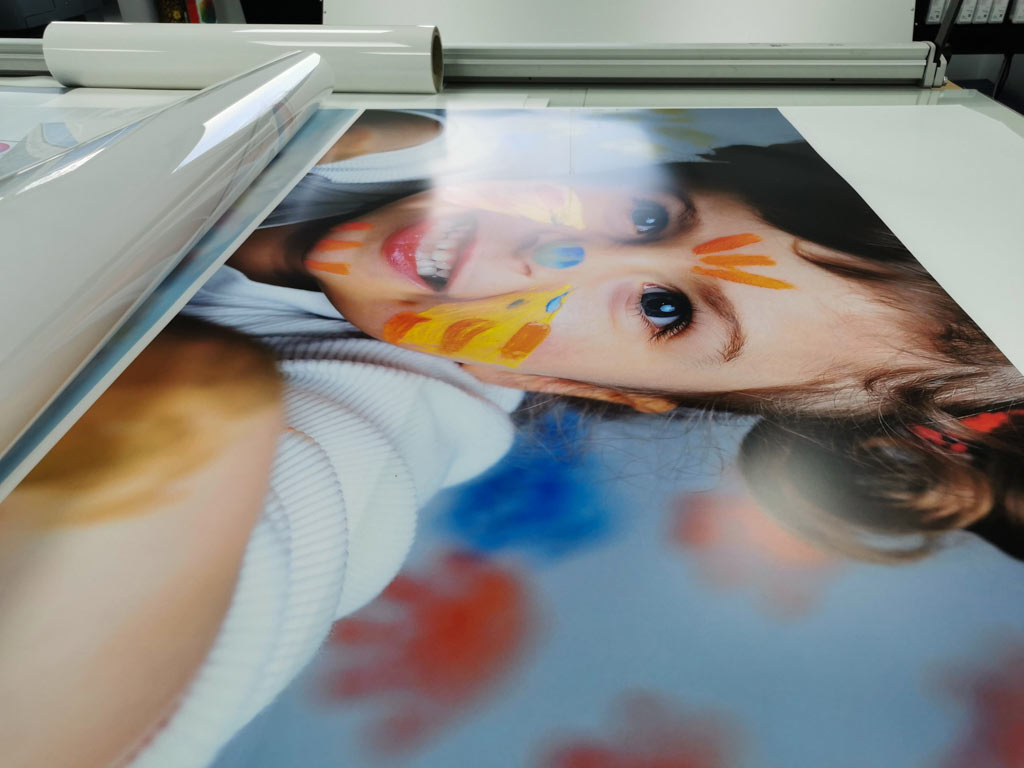
What types of protective laminate are there?
liquid lamination
A protective coating is applied with a roller, applicator or transport roller, less often by hand with a brush, and protects the inkjet print from moisture, stains and UV radiation. The paint used must match the printer ink.
lamination
Hot lamination is the welding of a print with self-adhesive film under the influence of heat (approx. 105° to 120° C). A permanent, thermal connection is created; the heat-activated adhesive forms an inseparable bond with the substrate.
Cold lamination, lamination
Under pressure, a self-adhesive foil is glued cold to the print. This serves to protect the surface. A print can also be applied to a plate or a thicker substrate by means of lamination. The media can be processed in a flatbed or roll laminator.

Which protective film for which print medium?
It is always important to ensure that the print medium and protective film fit together. Printed, monomeric films should be protected with a monomeric laminate. Likewise, polymeric printing materials are protected with polymeric foils. A cast protective laminate should be used for a cast film.
Otherwise, different shrinkage behavior of the substrates could lead to the prints curling (rolling up laterally) or warping. Dirty material edges can also be the result, since an adhesive edge exposed by shrinkage absorbs dust particles.
The roll widths of print medium and laminate should also (approximately) match. Otherwise, a larger overhang could unintentionally stick to the rollers, table or the print itself and make further processing more difficult.
Cast and calendered films - what's the difference?
Calendered films are manufactured using the cost-effective rolling process. Plasticizers in the substrate and the effects of heat ensure the necessary flexibility. The memory effect of the material begins as soon as the plasticizers evaporate over time. The material pushes back to its original state and shrinks. When stuck, it can then come loose from beads, for example. Depending on the plasticizer used, the films are either monomeric or polymeric.
monomers Materials consist of uncrosslinked molecular chains. Since these have no connection, monomeric films have a lower durability and shrink over time. UV radiation can have a major impact on durability.
polymers Materials, on the other hand, have cross-linked molecular chains that ensure greater stability and longer durability.
cast Foils (“cast”) are made by pouring liquid plastic onto long webs of foil. No plasticizers are required for the casting process. Cast films therefore have no memory effect and do not shrink. Due to their good dimensional stability, they are ideally suited for complex, three-dimensional applications such as vehicle wrapping. The manufacturing process makes them more expensive than other films.
The memory effect can be compared to the behavior of a pizza dough: monomeric and polymeric films are rolled out or flattened like pizza dough and then tend to shrink back into their original shape. Cast films, on the other hand, could be compared to pancake batter - they stay in the exact shape in which they were cast.
Durabilities:
Monomeric adhesive films: short-term use 2-3 years
Polymer adhesive films: 5-7 years
Cast adhesive films: up to 10 years
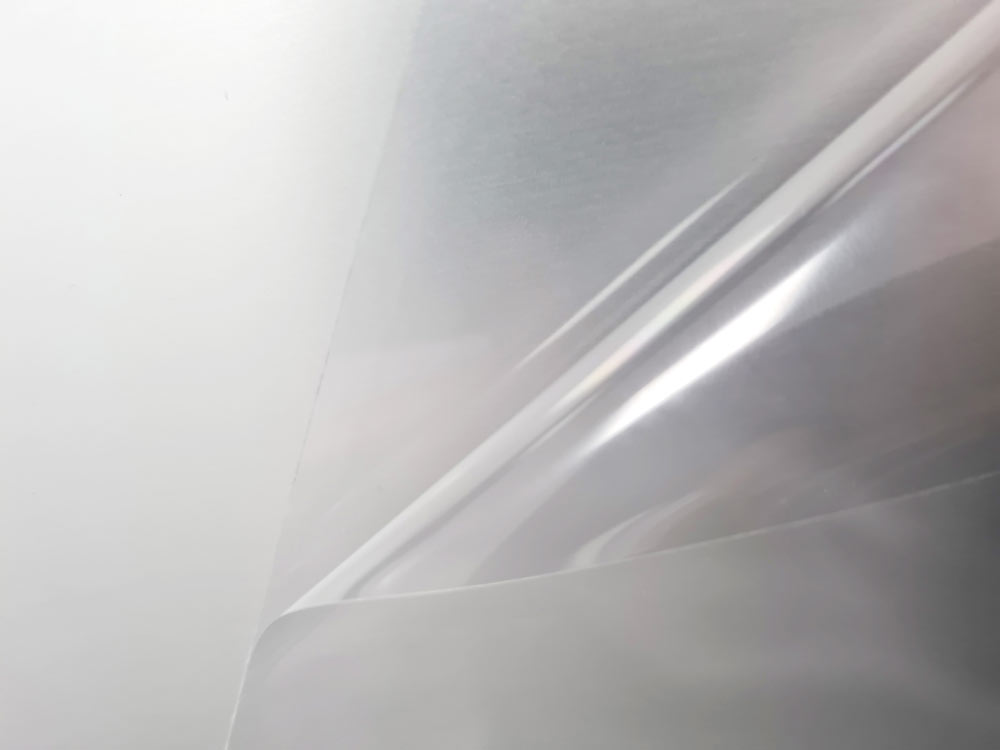
Protective films and laminates from com2C
Protect 120 PVC Gravel Plus FR
A sand textured monomeric film with a flame retardant finish.
Ideal for print media made of PVC, e.g
FloorGraphics 160 LUVESS MW air rem adh
FloorGraphics 200 LUVESS MW air rem adh
Both the print media and the protective laminate are certified according to DIN 51130 for their anti-slip properties. The R9 certificate confirms appropriate slip and step safety, especially for use in public buildings, entrances, sales rooms or checkout areas.
->> More information about floor graphics
Protect 100 PVC Gravel FR Plus
A monomeric film with a sand structure and flame retardant finish, perfect for protecting print media for display systems, such as pop-ups.
A cast film, specially hardened and with a high gloss finish that has the effect of glass. Ideal for interior design applications where a hard-wearing and high-gloss finish is desired.
->> More information about wall applications
A polymer film with a fine sand structure. This high-quality protective film does not shrink and is often used for display systems on blockout or roll-up media.


